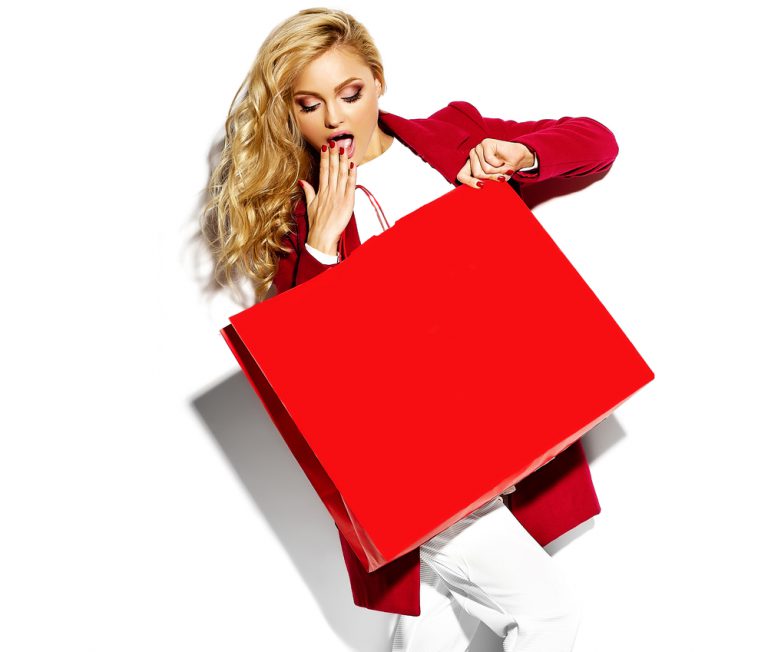Standards Australia Meets to Discuss Solutions to Inconsistent Sizing Offered From Fashion Retailers

When I look at the labels on my clothes in my wardrobe, they range from as size 12 to a 16. I could be deemed as being an ‘in-betweenie’ aka in-between-sizes, which I could very well be. But there is another issue that is the cause of this variance in size and that’s the inconsistent sizing offered from retailers in women’s wear.
In 2008 the Australian Standard Size Coding Scheme was scrapped and retailers developed their own sizing system which has created havoc on women’s self-esteem ever since.
The Standards Australia Committee CS-092 Sizing Systems for Clothing believe a better sizing system should be offered to customers.
Since the retailers created their own sizing systems, it’s made clothes shopping a whole lot harder for women to navigate.
Australian Design Alliance CEO Jo-Ann Kellock, who also chairs CS-092 agrees and believes the sizing system in Australia (and overseas) has become “unnecessarily complicated”.
Inconsistent clothing sizes have left many women dissatisfied with their shopping experience. While they may be a size 8 in one clothing store, they may be a size 12 in another.
Ms Kellock explained the reason for the difference in sizing offered by retailers is the way a customer is profiled for the brand.
“Brands profile their target markets and determine their size ranges from that,” Ms Kellock told news.com.au.
“They look at who they want to sell to, the position they want to place themselves in the market and the price point,” Ms Kellock said.
“Is it a luxury brand, is it what we call ‘fashion forward’, or ‘fashion basic’? Then they’ll look at that woman’s age, body characteristics, her shape and size, to determine the shape and size of the clothing range.
“All of those things come into the mix when brands are profiling their customer.”
Typically, women who shop at Scanlan Theodore or Carla Zampatti will have a different shape to women who shop at Sportsgirl or Bardot.
Many brands still rely on old customer profiles, despite the average woman being a size 14 – 16 and a weight of 71.1kg.
Digital fittings may be the answer to women’s sizing woes.
A Standards Australia spokeswoman explained, “It is envisaged that consumers will be able to go online anytime, anywhere, to try on clothes, evaluate the style and fit and place orders. Despite such advances, there is no international standard related to virtual garments.”
The important point for all women to remember when shopping for clothes is to forget the size number and purchase a garment that fits.
This has been Nikki Parkinson’s philosophy, which she has told styling clients and readers of her highly successful blog, Styling You.
Nikki told news.com.au, “I know from a consumer point of view the sizing dilemma is a daily struggle, because my followers tell me about it all the time.
“They care more about how the garment fits on me, rather than what the brand’s size guide says. They rely on my ideas about how the sizing runs. I say ‘OK, I’ve gone down a size here, up a size there’.”
She agrees the number on the tag affects a woman’s self-esteem but it’s important to remember it’s not about the number but the fit.
“I try to train them that it’s not about the number. But if it’s still bothering them, I say cut it off. You need to buy the size that fits and flatters you, not the size 10 just because it’s a size 10,” she said.
A national sizing survey may be the key to giving retailers up-to-date information about the shape of women’s bodies in 2016.
Kate Browne from Choice said, “When you consider the data that informed our previous national sizing standard was gathered by the The Australian] Women’s Weekly, 41 years ago, it’s clear we need to size up the nation if we are going to solve this problem.”
“While we don’t believe a mandatory standard is the answer, a national sizing survey, similar to those conducted overseas, would allow manufacturers to better understand the modern body shapes of consumers,” she said.
Better fitting clothes that flatter and build a women’s self-esteem may in fact encourage more purchases which can only be a good thing for retailers and the economy.













